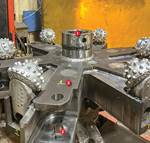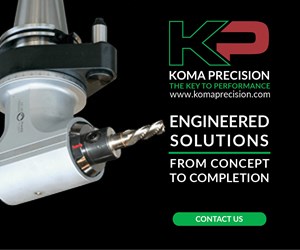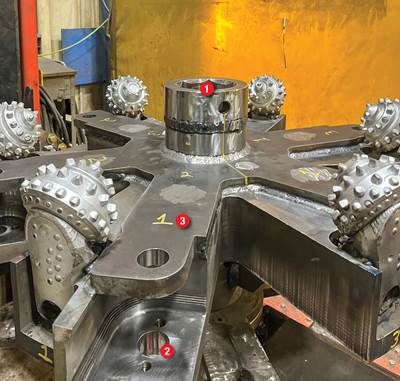Lean and Six Sigma: Synergy at Work
Greater benefits can be achieved by using these two concepts together.
Last month, I addressed the benefits of lean and Six Sigma concepts and how companies can use both in their continuous improvement efforts. While lean tools are employed to identify and eliminate waste, the Six Sigma methodology seeks to minimize process variability. Taken together, they are synergistic, in that the benefits that can be achieved by using them together are greater than those that can be achieved with either of them individually.
A recent engagement with a manufacturing company illustrates how lean and Six Sigma can be used to improve the production of a product. The company had recently started to manufacture a new product for the medical industry, where quality is essential and timely delivery often dictates the scheduling of medical procedures. Although this company had a proven track record of supplying similar products, this new multi-component assembly was quite complex. Some unanticipated difficulties were encountered in initial production runs, and deliveries were running behind schedule. Fortunately, due to a long-standing, mutually beneficial partnership with the customer, the initial delivery delays were accepted, but with the understanding that improvement was needed sooner rather than later.
The company assembled a continuous improvement team to address the problem. In order to elevate everyone’s understanding of the manufacturing process, a value stream map was generated that included all processes involved in the making of the product, including fabrication of the individual components and assembly. This map revealed a number of interesting issues, including:
• An imbalance in component inventory levels. Despite the fact that one of each component was required in the assembly, there was significant overproduction of some components and shortages of others.
• Production was not smooth. As large batches were moved through the fabrication processes, there were times when the production equipment was extremely busy but also long periods of machine idleness (a common characteristic of a batch and queue-type production).
• Machine setup times were long, and this was contributing to the scheduling of larger-than-needed batches (the all-too-common philosophy of “once the machine is setup, might as well run as many as we can”).
• True production constraints, such as the maximum number of components that could be run in a tumbling machine, were not being effectively managed.
• Preventive maintenance was not being done on schedule, and, not surprisingly, there was a lot of unplanned machine downtime.
• A key machining process for one component had a first-pass yield rate of only 93 percent.
To remedy these conditions, steps were taken to reduce machine setup time; improve workplace organization so that tools and supplies could be easily located; and ensure preventive maintenance tasks were completed when scheduled (by employing total productive maintenance techniques). Pull-scheduling signals were introduced to assure components were manufactured only when needed. These lean events addressed most of the problems that had been encountered, however, more needed to be done to improve the 93-percent first-pass yield rate on the troublesome component.
Using the DMAIC methodology (define, measure, analyze, improve and control), the company began a Six Sigma effort. In defining the process requirements, all specifications were analyzed, metrics validated and a target yield rate of 100 percent established. The team began to measure process output and collected yield data for two weeks. In the analyze phase, it became clear that there were two main causes of process variability, each having to do with the tooling used in the process, that were directly responsible for more than 97 percent of the rejects. The decision was to focus on improving the tooling that was causing the process variability and validate the changes before addressing anything else. Toolmakers and process engineers worked on this tooling and introduced the modifications a few weeks later. More data was collected, and the first-pass yield rate was substantially improved. The control of the process was enhanced with in-process gaging that could immediately identify defects that could be easily corrected if found soon enough. Instead of a high reject rate at the end of the process (found in final inspection), errors could be found and corrected during the process, leading to a final-inspection reject rate that was close to zero.
In this scenario, we see how lean concepts identified process constraints that hindered smooth flow and eliminated much of the waste in the value stream. Six Sigma techniques were then applied to the process with the highest output variability in order to improve process yield. Taken together, lean and Six Sigma have helped to reduce throughput time, increase the rate of on-time delivery and improve internal product quality. Even more importantly, lean and Six Sigma have combined to solidify one manufacturer’s relationship with one of its largest and longest-tenured customers.
Read Next
The Cut Scene: The Finer Details of Large-Format Machining
Small details and features can have an outsized impact on large parts, such as Barbco’s collapsible utility drill head.
Read More3 Mistakes That Cause CNC Programs to Fail
Despite enhancements to manufacturing technology, there are still issues today that can cause programs to fail. These failures can cause lost time, scrapped parts, damaged machines and even injured operators.
Read More










.png;maxWidth=300;quality=90)







